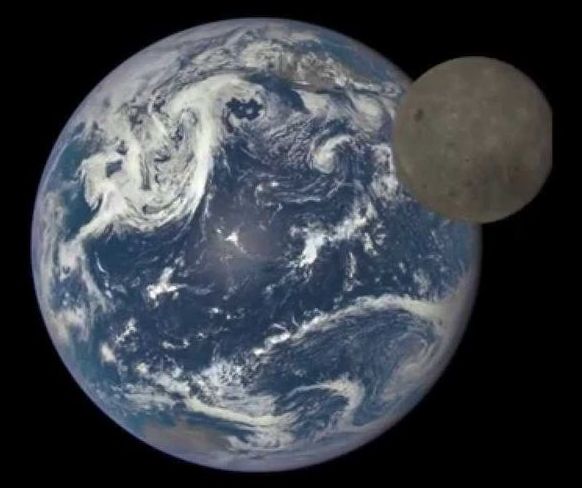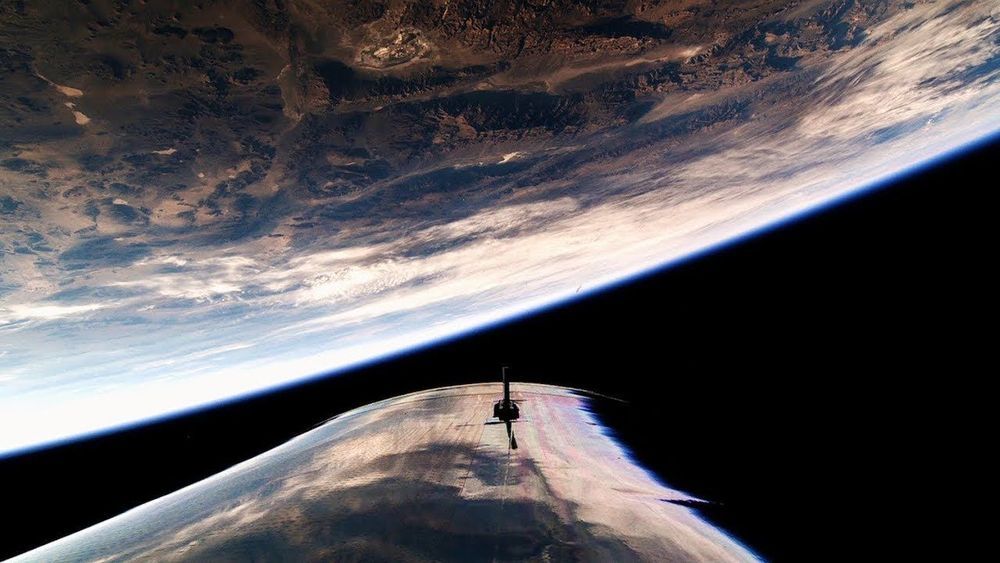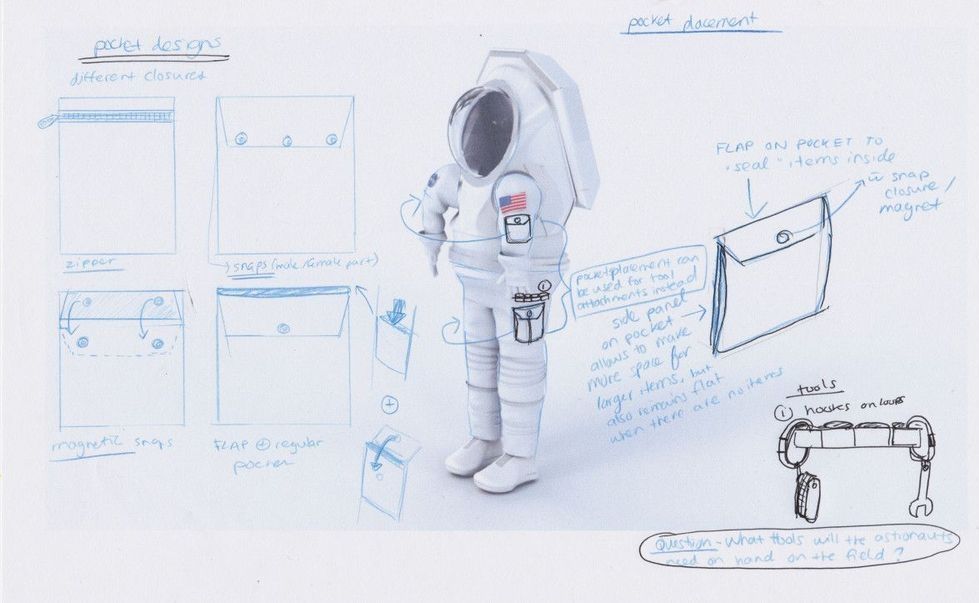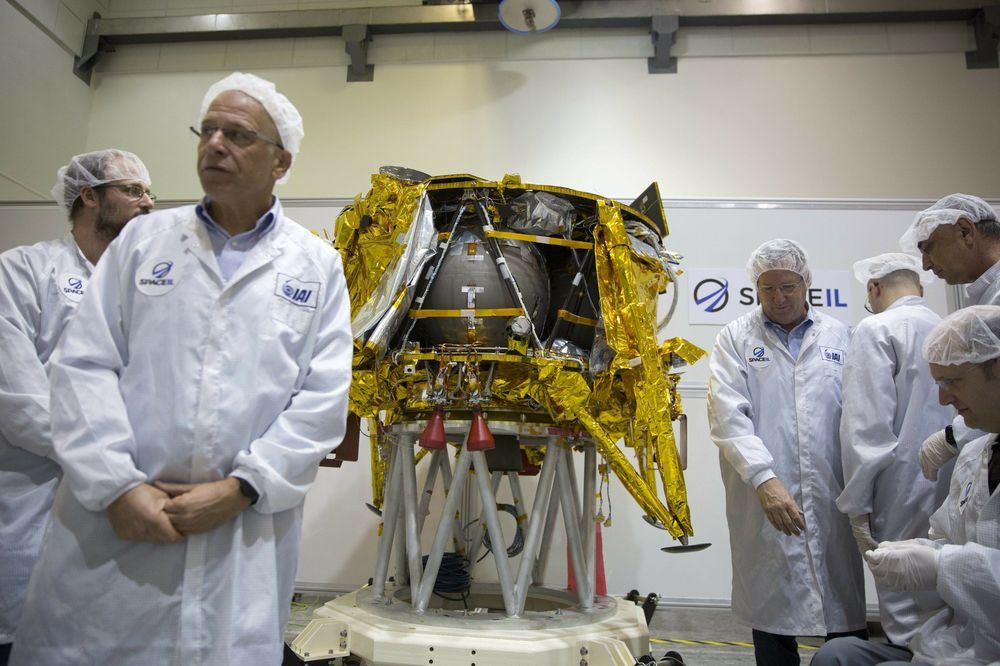Feb 20, 2019
NASA, SpaceX Demo-1 Briefings, Events and Broadcasts
Posted by Klaus Baldauf in category: space travel
NASA and commercial crew provider SpaceX are targeting 2:48 a.m. EST Saturday, March 2, for the launch of the Demo-1 uncrewed flight test to the International Space Station. The uncrewed test flights will be the first time a commercially-built and operated American rocket and spacecraft designed for humans will launch to the space station.
Live coverage will begin on NASA Television and the agency’s website Friday, Feb. 22 with prelaunch events.
The SpaceX Crew Dragon spacecraft will launch on a Falcon 9 rocket from the historic Launch Complex 39A at NASA’s Kennedy Space Center in Florida. About 10 minutes after launch, Crew Dragon will reach its preliminary orbit. It is scheduled to dock to station Sunday, March 3 at 5:55 a.m. ESThe Crew Dragon spacecraft will carry about 400 pounds of crew supplies and equipment to the space station and return some critical research samples to Earth.
Continue reading “NASA, SpaceX Demo-1 Briefings, Events and Broadcasts” »


















